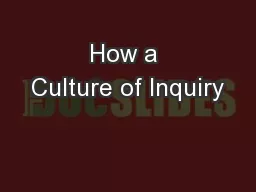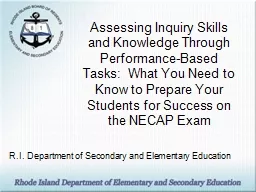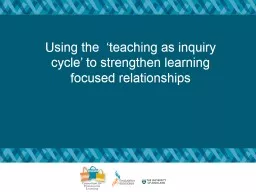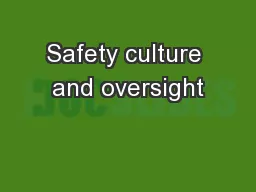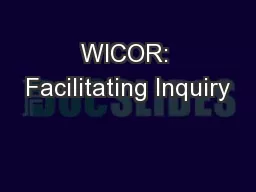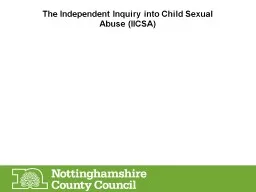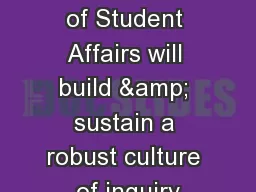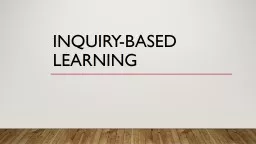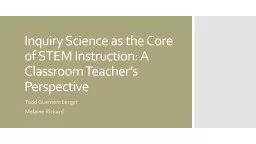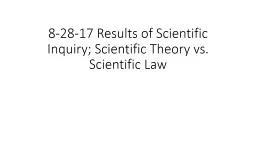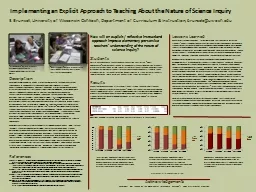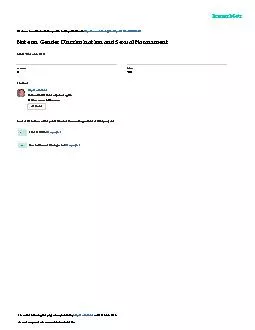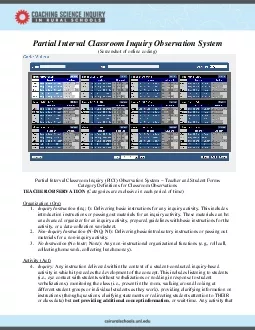PPT-How a Culture of Inquiry
Author : stefany-barnette | Published Date : 2018-10-08
Can Help Your College Move the Needle on Student Success Dr Rob Johnstone Washington State Board for CTCs Lakewood WA October 28 2014 Acknowledgements Much of
Presentation Embed Code
Download Presentation
Download Presentation The PPT/PDF document "How a Culture of Inquiry" is the property of its rightful owner. Permission is granted to download and print the materials on this website for personal, non-commercial use only, and to display it on your personal computer provided you do not modify the materials and that you retain all copyright notices contained in the materials. By downloading content from our website, you accept the terms of this agreement.
How a Culture of Inquiry: Transcript
Download Rules Of Document
"How a Culture of Inquiry"The content belongs to its owner. You may download and print it for personal use, without modification, and keep all copyright notices. By downloading, you agree to these terms.
Related Documents

